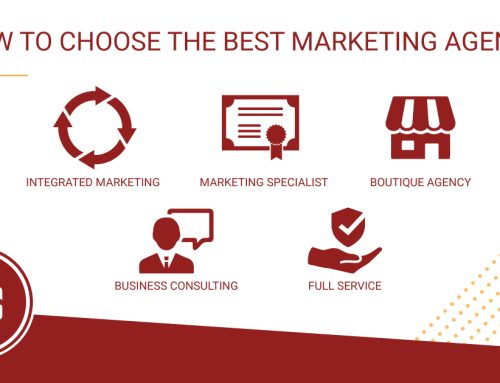- Develop a Thorough Agreement: We talk ourselves out of making someone sign paperwork because we don’t want them to think we don’t trust them. I find that calling a contract an “Agreement” sounds less heavy. Creating an agreement that is both thoughtful to your and the client’s needs can be a win-win. You can allow clients to break the rules of the agreement yet are also able to add a clarifier. You might say, “According to our agreement, no, but this one time I will make an exception.” The agreement helps you reinforce boundaries while still being client friendly.
- Be Appropriately Responsive: We’re all guilty of eagerly trying to impress new clients. Your self-talk might be, “They are going to think I’m amazing because I respond so fast.” New entrepreneurs will tell me that they aren’t busy yet, so it’s easy to respond right away. The problem is that when you do have more clients, you risk upsetting the client who now expects instant responses. Setting boundaries on your response time from the beginning avoids the stress of re-training client expectations. Set a minimum of 15 minutes to respond to a text message. Maybe 30 minutes for an email response. Don’t take calls outside of business hours. Ask yourself, “If I had a full client load, how long would it realistically take me to see this message and respond to it?” Build response times that reflect your work-ethic and the future of your business.
- Make Yourself Financially Substantial: I did the research to know where my competitors are and I’m not the highest or the lowest priced. If you price yourself too low, prospective clients believe you are not as good as your higher priced competitors. You also open the door for challenging clients to take advantage of you. They usually don’t even realize they are doing it, yet you can trust when you are charging a fee that feels substantial, you will be valued more. Don’t be afraid to add overtime charges to clients that continually abuse your time. Have additional charges outlined in your client signed agreement. (See number 1)
- Use a Confident and Non-Judging No: Saying no is part of being an entrepreneur. You will say no to some special requests simply because the answer is no. Try not to add whys after your no. It’s difficult but say, “I’m sorry, I’m unable to do that.” Then let the silence be there, don’t start listing off the events that the kids have this weekend and keep talking until you end up talking yourself into a yes. Don’t make the client the bad guy for an unreasonable request. It might be crazy of them to ask but they probably think, why not try? There is no harm in asking and you won’t feel offended or judge them when you can confidently say no.
Team Perspectives: How To Handle Challenging Clients
This week we would like to introduce you to Jennifer Wilson. Jennifer is a Certified Business and Life Coach. She supports clients to reach their maximum potential. Prior to being a coach, Jennifer had a successful career in International Commodity Trading and Management. It was in her fast-paced, volatile commodity career that she hired her first coach. Her career was instantly boosted for the better and she soon knew that she wanted to be a coach herself. You can learn more about coaching and working with Jennifer by visiting her website www.windleyworks.com She can also be found on Radiofordivas.com daily at 9:15 am for her radio show Powering to Potential.
How To Handle Challenging Clients
The fastest path to being overwhelmed in your business can be a challenging client. Sometimes you know from the first meeting that someone will be a problem child. Other times, you discover it at 3 am when you are scrambling to meet an ever-changing deadline. We are raised to believe the client is always right but not at the expense of your well-being.
Let’s look at 4 tactics that you can use with challenging clients.





